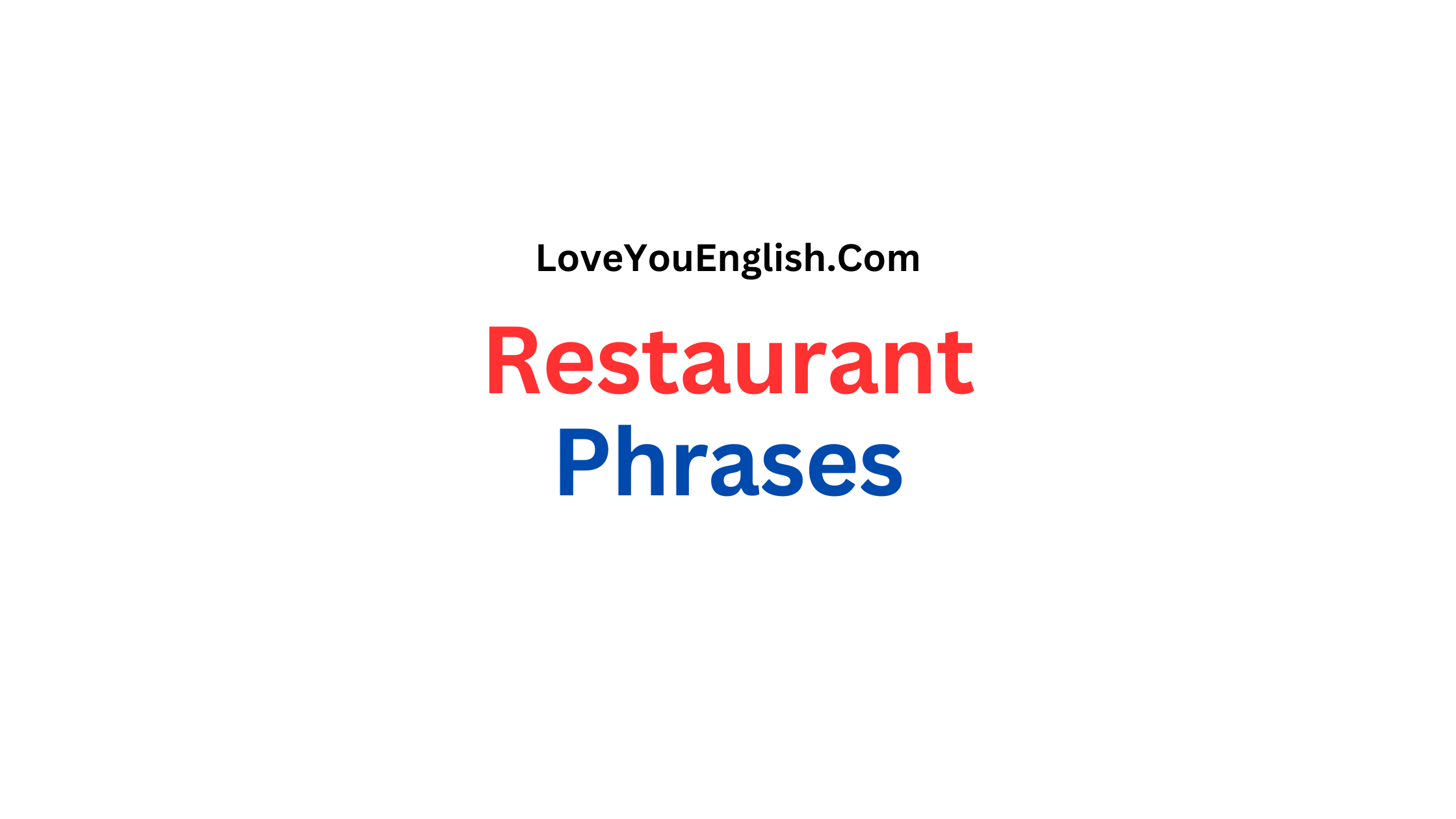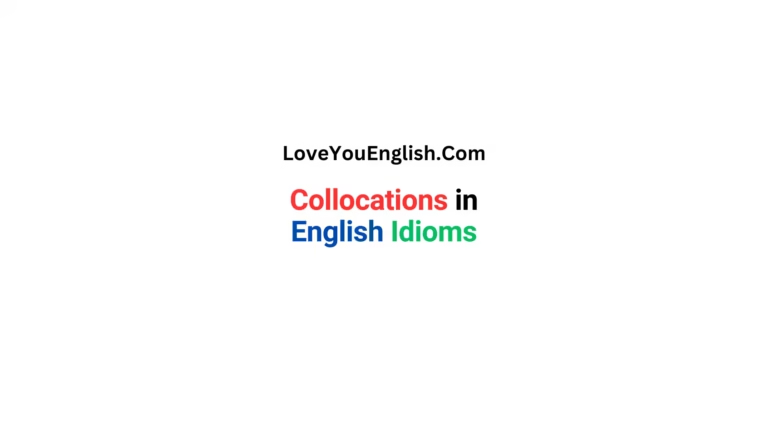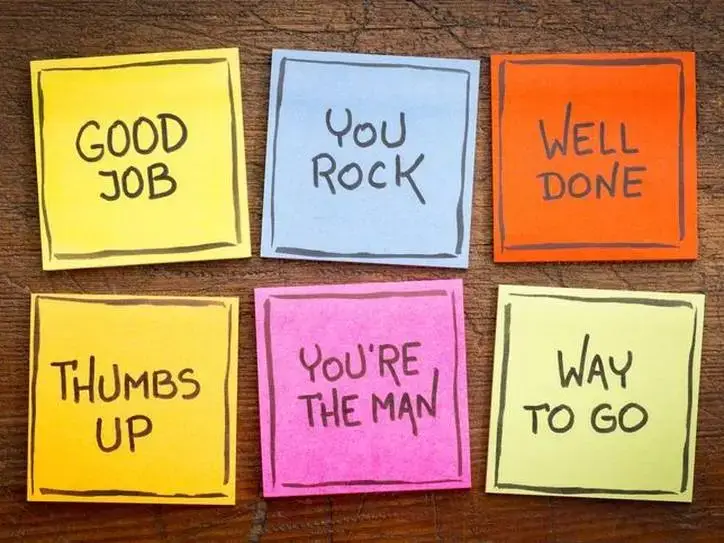Mastering English Restaurant Phrases
Sharing is caring!
Eating at a restaurant is a wonderful experience, but it can be challenging if you don’t know the right words to use.
Whether you are ordering food, asking for recommendations, or paying the bill, knowing some basic English restaurant phrases will make your dining experience much smoother.
In this post, I will cover common phrases you can use in a restaurant. I will also explain when and how to use them. Let’s get started!
1. Entering a Restaurant
When you arrive at a restaurant, you may need to speak to a host or waiter. Here are some phrases you might use:
Talking to the Host or Waiter
- “Hello, do you have a table for two?” (Use this when you need a table for yourself and one other person.)
- “I have a reservation under the name [Your Name].” (If you booked a table earlier, use this phrase.)
- “We would like a table by the window, please.” (If you prefer a specific seating area.)
- “Is there a waiting time for a table?” (If the restaurant is busy and you want to know how long you have to wait.)
Common Responses from the Host
- “Yes, we have a table for you. Please follow me.”
- “I’m sorry, but we are fully booked.”
- “There will be a 15-minute wait.”
2. Reading the Menu and Ordering Food
Once you are seated, you will be given a menu. Here are some useful phrases for reading the menu and ordering food.
Asking About the Menu
- “Can I see the menu, please?” (If the menu is not on the table, you can ask for one.)
- “What do you recommend?” (If you don’t know what to order, ask the waiter for suggestions.)
- “What is the most popular dish here?” (If you want to try the restaurant’s specialty.)
- “Do you have any vegetarian options?” (If you don’t eat meat.)
- “Does this dish contain nuts?” (Use this if you have allergies.)
- “What are today’s specials?” (Many restaurants have special dishes that are not on the menu.)
Ordering Your Food
- “I’d like the grilled chicken, please.” (A polite way to order your food.)
- “Can I have the pasta without cheese?” (If you want to change an ingredient.)
- “I’ll take the steak, medium-rare, please.” (If you order steak, you can specify how you want it cooked.)
- “Can I have a side of fries?” (If you want to add something extra to your meal.)
- “I would like some water, please.” (To ask for water.)
- “Can I get a refill?” (Use this if you need more water or another drink.)
Common Responses from the Waiter
- “Sure, I’ll bring that right away.”
- “Would you like anything else?”
- “I’m sorry, but we are out of that dish.”
- “How would you like your steak cooked?”
3. During the Meal
Once your food arrives, you may need to ask for extra items or give feedback.
Asking for Something Extra
- “Can I have some extra napkins, please?” (If you need more napkins.)
- “Could we get some salt and pepper?”
- “Excuse me, can I have some ketchup?” (For sauces or condiments.)
Giving Feedback
- “This is delicious!” (If you like the food.)
- “The food is amazing!” (Another way to compliment the food.)
- “I think my dish is a bit too salty.” (If you have a small complaint.)
- “This is not what I ordered.” (If you receive the wrong dish.)
Common Responses from the Waiter
4. Asking for the Bill and Paying
When you are ready to leave, you need to ask for the bill. Here are some phrases to use.
Asking for the Bill
- “Can we have the bill, please?”
- “Could you bring the check, please?” (In the U.S., the bill is often called “the check.”)
- “How much is the total?”
Paying for the Meal
- “Do you accept credit cards?” (To check if you can pay with a card.)
- “Can we split the bill?” (If you and your friends want to pay separately.)
- “I will pay in cash.”
- “Keep the change.” (If you want to tip the waiter.)
Common Responses from the Waiter
5. Leaving the Restaurant
After paying, you can say goodbye in a polite way.
Saying Goodbye
- “Thank you for the great service!” (If you liked the service.)
- “Everything was wonderful!” (If you enjoyed your meal.)
- “Have a great day!” (A friendly way to say goodbye.)
Common Responses from the Waiter
6. Special Situations
Sometimes, unexpected things happen in a restaurant. Here are some phrases for special situations.
Making a Complaint
- “Excuse me, my food is cold.”
- “I think there is a mistake on the bill.”
- “This dish is too spicy for me.”
Changing Your Order
- “Actually, can I change my order?” (If you change your mind after ordering.)
- “I ordered a salad, but this is soup.” (If you receive the wrong dish.)
Asking About Allergies or Dietary Needs
- “I’m allergic to seafood. Does this contain shrimp?”
- “I don’t eat pork. Can I get this with chicken instead?”
Final Tips for Dining in an English-Speaking Country
- Be polite – Always say please and thank you when speaking to the waiter.
- Speak clearly – If the restaurant is noisy, speak loudly but politely.
- Use hand gestures – If the waiter doesn’t understand, you can point to the menu.
- Listen carefully – Sometimes, waiters ask follow-up questions about your order.
- Tip appropriately – In some countries, like the U.S., it is common to tip 15-20% of the bill.
Conclusion
Knowing these basic English restaurant phrases will help you feel more confident when dining out. Whether you are ordering food, making a request, or paying the bill, these phrases will make your experience smooth and enjoyable.
Next time you visit a restaurant, try using some of these phrases. You’ll impress the staff and enjoy your meal without stress.
Happy dining!
More topics:
- Phrasal Verbs Related to Songs & Music
- 80 Formal and Informal Greetings in English
- Essential Phrases for Everyday Conversations
- 30 Art Idioms and Their Meanings
- How to Use Idioms and Phrases Like a Native Speaker
Resources:
Sharing is caring!









